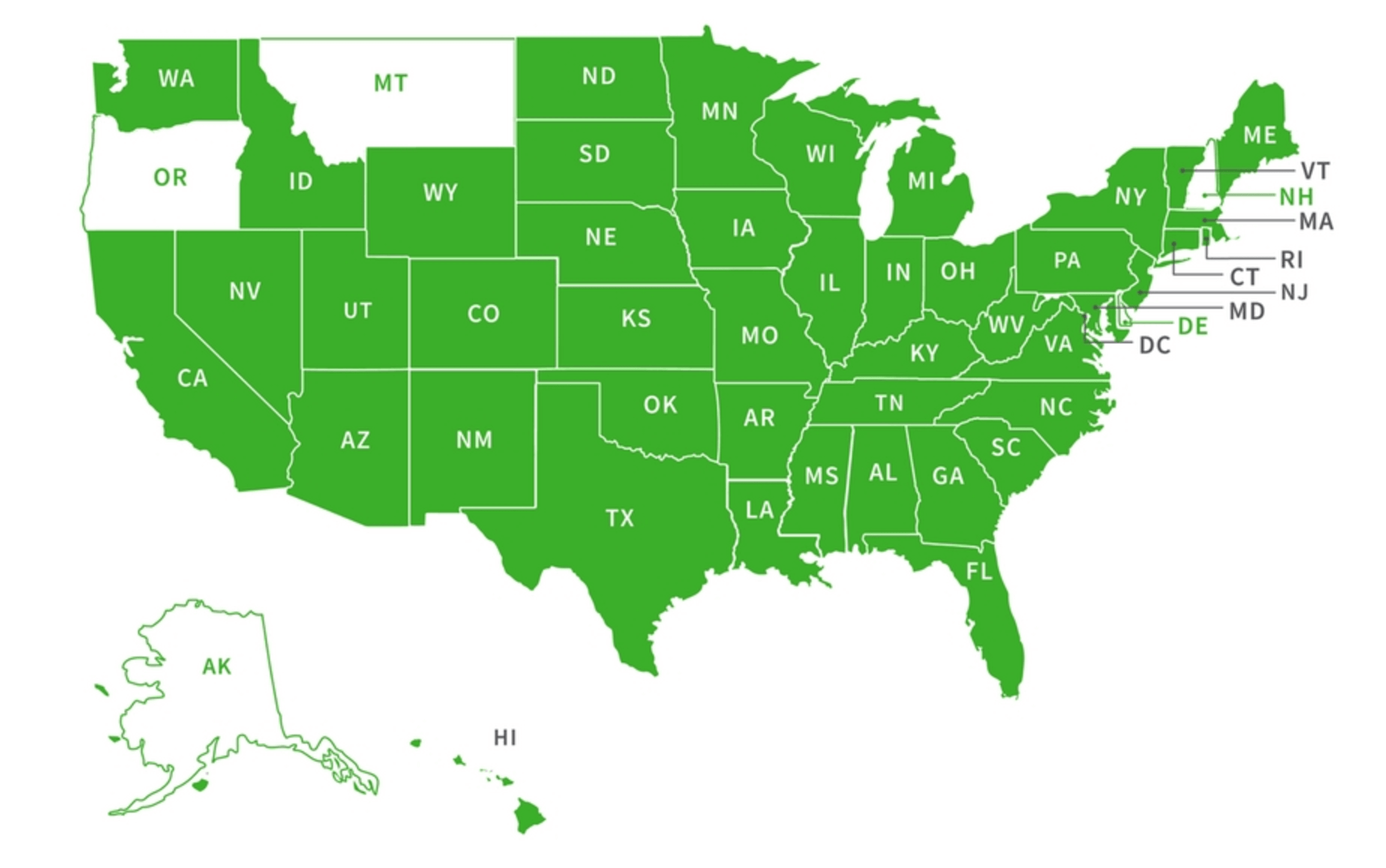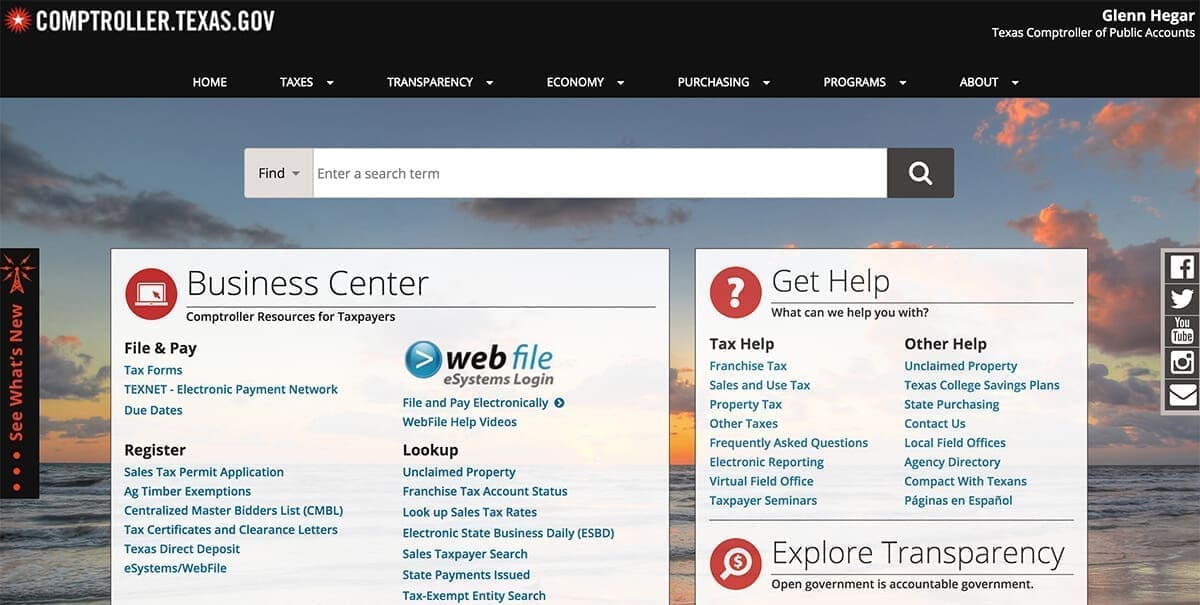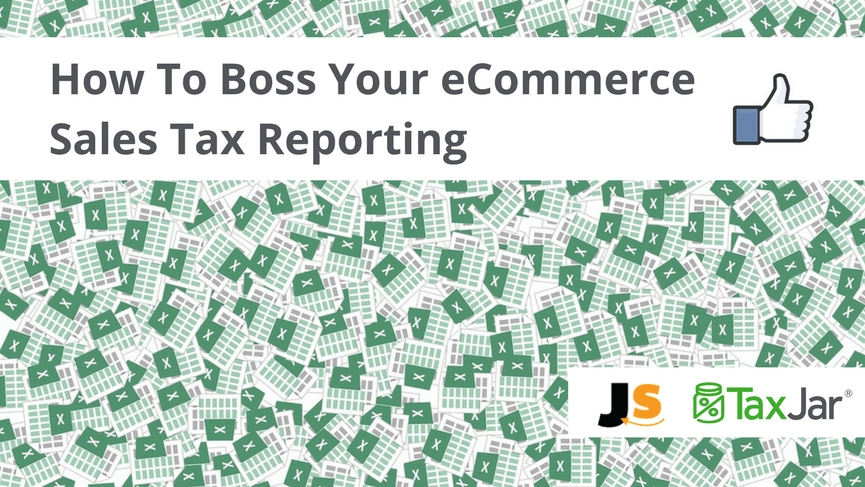Amazon sellers in the U.S. have to deal with particularly confusing sales taxes, which vary from state to state. Reporting and filing these taxes can be frustrating and time consuming and the deadlines are upon us from July 20th – July 31st. We invited tax expert Mark Faggiano, CEO of TaxJar, to discuss how this process works and give you all of the information you need to figure out if you want to do this manually or automate the process!
___________________________
As your business grows in size and complexity, it’s your job as the business owner to determine where to spend your time and energy, and where to buy back your time through outsourcing. This is something all business owners contend with, ecommerce or otherwise. It’s all about figuring out how much your time is worth, and then outsourcing the tasks that eat into that valuable time.
Sales tax is one of these administrative hassles ripe for outsourcing. First, it isn’t at all profitable. You charge sales tax to your customers and pay it to the state. Second, as your business grows in complexity so does your sales tax liability.
However, before you make a decision, let’s dive into the details of sales tax for Amazon sellers, what it entails and how you can manage it yourself. Then we will take a look at how you can automate this process, if you think that’s necessary for you.
Sales Tax Collection
Forty-five states and Washington D.C. all have a sales tax. As a merchant, you are responsible for charging sales tax at the point of sale, and then remitting the sales tax you collected back to your state. Your state then uses that sales tax to pay for budget items like schools, roads and public safety.
Sounds simple on the face of it, but in most states, local areas like counties, cities and “special taxing districts” are also allowed to levy a sales tax. This is why, as you buy items in the U.S., you may notice that you pay 5% sales tax in one location, but then travel 20 miles (or even less) and pay 9% sales tax. As an online seller, this makes your life difficult because you are required to charge the sales tax rate at your buyer’s ship to address.

Example:
Here’s an example of how sales tax rates vary from place to place:
The combined total sales tax rate in Ballwin, Missouri is made up of:
- 4.225% Missouri state sales tax rate,
- 1.638% St. Louis County sales tax rate,
- 1% Ballwin sales tax rate,
- and a 1.25% special taxing district rate.
So if you purchase a product in the city of Ballwin, you’ll pay 8.113% in sales tax.
However, if you leave the city of Ballwin and make a purchase outside the city limits in St. Louis County, you would only pay 7.113% in sales tax, because you would not pay the Ballwin city sales tax rate.
Taxing Jurisdictions
Most states have hundreds or even thousands of taxing jurisdictions, all with different sales tax rates. When you, as a retailer, begin to file sales tax, you’ll need to enter how much sales tax you collected for each city, state and other special taxing district. This can be hundreds or thousands of numbers and a whole lot of data entry!
To make matters worse, it’s unlikely that you’ll know which county and special taxing district each of your customers’ street addresses fall into. That means spending time with a map or a tax table. Again, time-consuming and no fun at all.
Curious about how to collect sales tax in your state? You can find a guide to sales tax in every U.S. state here.
It’s pretty safe to assume that most ambitious FBA sellers don’t start their journey to entrepreneurship with visions of meticulously chasing up sales taxes across the US using spreadsheets, maps and tax tables! Luckily, Amazon are aware of this…
Amazon Will Collect Your Sales Tax!
As an online seller, automatically calculating sales tax at checkout is mandatory. But some online platforms make automating sales tax collection simpler than others.
For example, let’s have a bit of fun and compare and contrast Amazon with eBay.
Amazon Sales Tax Vs Ebay Sales Tax
With Amazon, you simply have to tell Seller Central to collect sales tax for you and Amazon will almost always collect correctly. This includes collecting sales tax on shipping charges, and ensuring that you don’t collect sales tax on items that are non-taxable in some states, like clothing and groceries. Many states have hundreds of different sales tax rates depending on your customer’s ship-to address. Amazon has a robust sales tax engine ensures that, as long as you’ve set up your sales tax settings correctly in Seller Central, you won’t end up under or over collecting sales tax. Phew – I hear you, but the journey doesn’t stop there, Amazon merely collects the sales tax from shoppers. You still need to file your sales tax returns as the business owner. More on that in a moment!
With eBay, on the other hand, sales tax automation isn’t as robust. eBay online allows a seller to enter one sales tax rate for each state. This means you’ll likely over or under collect from your buyers, unless you are lucky enough to live in one of the handful of “origin-based” states that allows you to collect all sales tax at your local sales tax rate.
So, if you are a multi-channel seller who sells on Amazon and eBay, you may find that you’re collecting sales tax correctly from some buyers, but incorrectly from other buyers.
This is one example where a sales tax automation solution can help make sure you aren’t underpaying. Underpaying can result in fines, penalties or at the very least paying interest on what you owe. Very much avoidable as we will find out in a moment!
Sales Tax Filing For Amazon Sellers
When a sales tax filing comes due, your first task is to figure out how much sales tax you collected from all your buyers in the states, over all the channels on which you sell. Even if you are just selling on Amazon.com, which has a robust automated system for collecting your sales tax, you still need to file your tax returns.
This involves:
- Dividing the data by state, county, city and other special taxing district
- Figuring out which county cities fall into
- Find out if your customer lived in a special taxing district
- Making sure your figures add up
- Filling out your sales and tax returns comprehensively
- Rounding up/down your figures depending on each state’s rules
- ERROR! – sometimes you will get errors where you will have to figure out where you transposed a number, entered an incorrect amount or made a rounding error.
- Making sure all your figures add up

It’s still a huge hassle by any stretch of the imagination. Most sellers would rather spend their time on finding exciting new products, digging into their sales reports or improving their Amazon listings for better profits. This is where you might find you want to automate your sales tax reporting and filing!
Automating your sales tax reporting and filing – The Benefits
Just so you are prepared with all of the information you need to decide whether to automate your sales tax filing or not, here’s some of the benefits that you will find if you do decide to give up this task to focus on other things.
Stop worrying about slicing and dicing your data
A sales tax software will connect to your online shopping carts and marketplaces and create these reports for you. No more wondering what county Santa Rosa lies in, and no more wondering what went wrong after filling out a long sales tax form. Save hours on the manual task of tirelessly entering your sales tax data.
Forget about sales tax due dates
When you register for a sales tax permit you’ll be instructed to file quarterly, monthly or annually. Depending on the state, your sales tax return may be due on the 20th of the month after the taxable period, or the 25th, the last day of the month, or some other day.
As your business grows and you find yourself collecting sales tax in more states, you’ll find yourself with some weird schedule like filing in California quarterly on the last day of the month, in Georgia monthly on the 20th of the month, and in Ohio annually on the 23rd day of the month. If you’d rather not keep up with these crazy due dates (and pay the resulting penalties and interest if you forget them), then sales tax automation has your back.
Avoid dealing with state taxing authority websites
Most of them are about 15 years behind the times, technologically. For example, the Texas Comptroller website has a habit of logging people out in the middle of filing and not saving their data – super frustrating. When you automate sales tax, you can forget your passwords and never have to deal with horrible state user experience again.

Take your sales tax discounts
About half the states with a sales tax will allow on-time filers to keep a small percentage of the sales tax you collected 🎉 This percentage is usually 1-2% of what you collected, and generally has a threshold. (I.e. You can’t keep more than $75 per filing.) Still, it’s free money, and with sales tax automation you get to keep it in your pocket.
International Seller?
A common question we get is, what if I am an Amazon seller in the U.S. but I am not an American citizen? In most cases, you will still have to collect and remit Sales Tax for the sales you make on products that you are shipping to and from Amazon U.S. fulfillment warehouses. In which case, the same advice in this article applies. Check out this useful article for more information about Sales Tax for non citizens.
Conclusion: Sales Tax Automation in Dollars, Pounds and Euros
As a business owner, what is your time worth to you? If your business sales tax is simple enough that it takes you 5 minutes to file a sales tax return manually, then you probably don’t need to bother with sales tax automation. But if collecting, reporting and filing sales tax is taking you hours, then sales tax automation saves you time, money and headache.
What ever you decide to do, remember that the deadlines for 2017 are between July 20th and July 31st!
Have questions or something to say about automating sales tax? Start the conversation in the comments!
About The Author
 Mark Faggiano is the Founder and CEO of TaxJar, a service that makes sales tax reporting and filing simple for more than 5,000 online sellers. Try a 30-day-free trial of TaxJar today and eliminate sales tax compliance headaches from your life!
Mark Faggiano is the Founder and CEO of TaxJar, a service that makes sales tax reporting and filing simple for more than 5,000 online sellers. Try a 30-day-free trial of TaxJar today and eliminate sales tax compliance headaches from your life!

 3 Comments
3 Comments
3 comments on “How To Boss Your eCommerce Sales Tax Reporting”